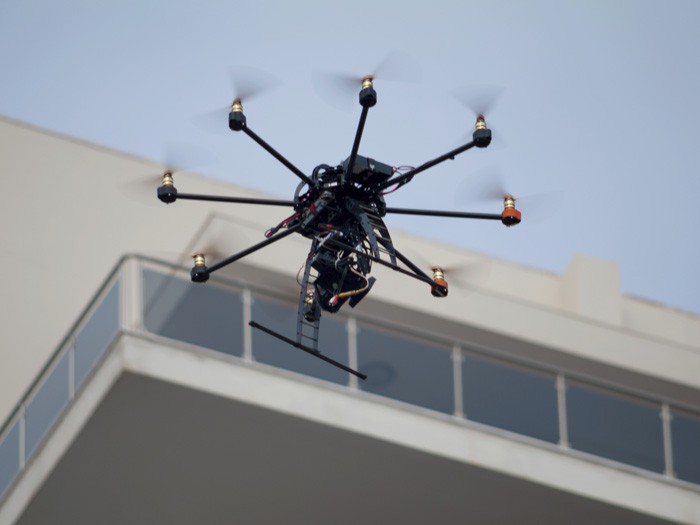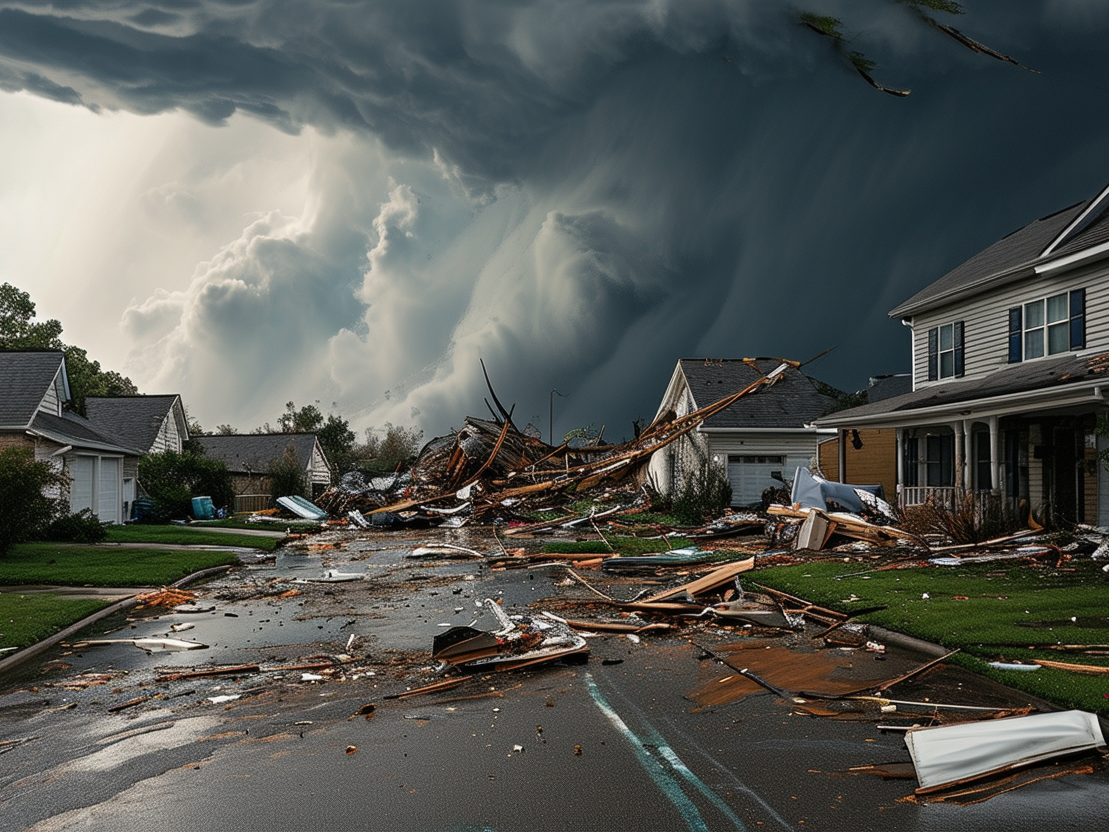Insurance Industry
Insurers Flying High

Four insurers are among 125-some pioneering companies to receive approval from the Federal Aviation Administration to test drones for various commercial purposes in the U.S.
The FAA agreed to allow the insurers to test the use of unmanned aerial vehicles (UAVs) to survey everything from damaged roofs and flooded areas to tornadoes, hurricanes and other natural disasters.
The insurers are American International Group Inc. (AIG), Erie Insurance Group, State Farm Mutual Automotive Insurance Co., and United Services Automobile Association (USAA).
In March, State Farm became the first insurer to receive FAA approval to test drones for commercial use. State Farm plans to explore the use of UAVs in assessing potential roof damage during the claims process and in responding to natural disasters.
“The potential use of unmanned aerial systems provides us one more innovative tool to help State Farm customers recover from the unexpected as quickly and efficiently as possible,” said Wensley Herbert, operations vice president-claims.
At AIG, the company received FAA approval to use UAVs to conduct inspections for risk assessment, risk management, loss control and surety for its customers.
Insurers granted exemptions to use drones are American International Group Inc. (AIG), Erie Insurance Group, State Farm Mutual Automotive Insurance Co., and United Services Automobile Association (USAA).
The exemption also permits AIG to implement a robust research and development program to explore new and innovative ways to employ UAVs.
UAVs can help accelerate surveys of disaster areas with high resolution images for faster claims handling, risk assessment and payments, according to the company. The drones can also quickly and safely reach areas that could be dangerous or inaccessible for manual inspection, and they provide richer information about properties, structures and claims events.
“AIG is committed to continuous improvement and innovation to providing better, faster and safer risk and claims assessments to our customers,” said Eric Martinez, executive vice president, claims and operations. “Leveraging cutting edge technologies like UAVs can enhance our ability to assess and mitigate risks to better help our customers and their communities prepare for and rebuild after a catastrophic event.”
AIG has already established an international UAV research and development center and conducted flights in New Zealand. These flights have provided valuable insights on technology, flight operations, and image collection technology, flight and image collection techniques that will be incorporated into AIG’s global UAV strategy, the company said.
USAA said drones could help speed review of insurance claims from its members following natural disasters.
In October 2014, USAA filed for an exemption under Section 333 of the FAA Modernization and Reform Act of 2012 to enable more efficient testing of small drones. Exempt from select FAA regulations, USAA can now fly drones during the day within line-of-sight of a trained pilot and air crew. Prior to the approval, USAA test flights could only take place at FAA-approved sites.
USAA said drones could help speed review of insurance claims from its members following natural disasters.
Currently no aircraft is allowed to exceed an altitude of 400 feet, and all flights must continue to be reported to the FAA.
With FAA approval, USAA will work to efficiently research and develop best practices, safety, and privacy protocols and procedures as it further develops plans for operational use, according to the company.
USAA received a second exemption in early April that will allow the insurer to go operational in a catastrophic situation.
“We’re proud to be among the first insurers approved for this technology,” said Alan Krapf, president, USAA Property and Casualty Insurance Group. “It’s our responsibility to explore every option to improve our members’ experience.”
The USAA family of companies provides insurance, banking, investments and retirement products to 10.7 million current and former members of the U.S. military and their families.
A spokesperson for Erie insurance Group said the company believed drones, which they refer to as unmanned aerial systems (UAS), will play a major role in the future of insurance innovation and help the company be safer and more efficient in its claims handling and risk assessment.
“For example,” the spokesperson said, “if we need to assess a roof on a large building or one that has an especially steep pitch, we can now test the viability of using UASs instead of sending someone up on a ladder.
“We hope to eventually be able to use UASs to assess damage after catastrophic weather events when physical structures can be especially precarious.”
Commercial drone flights are generally banned in the U.S. However, the FAA has awarded some exemptions for commercial drone use under a program created by Congress to allow flights while the agency completes more formal regulations.










